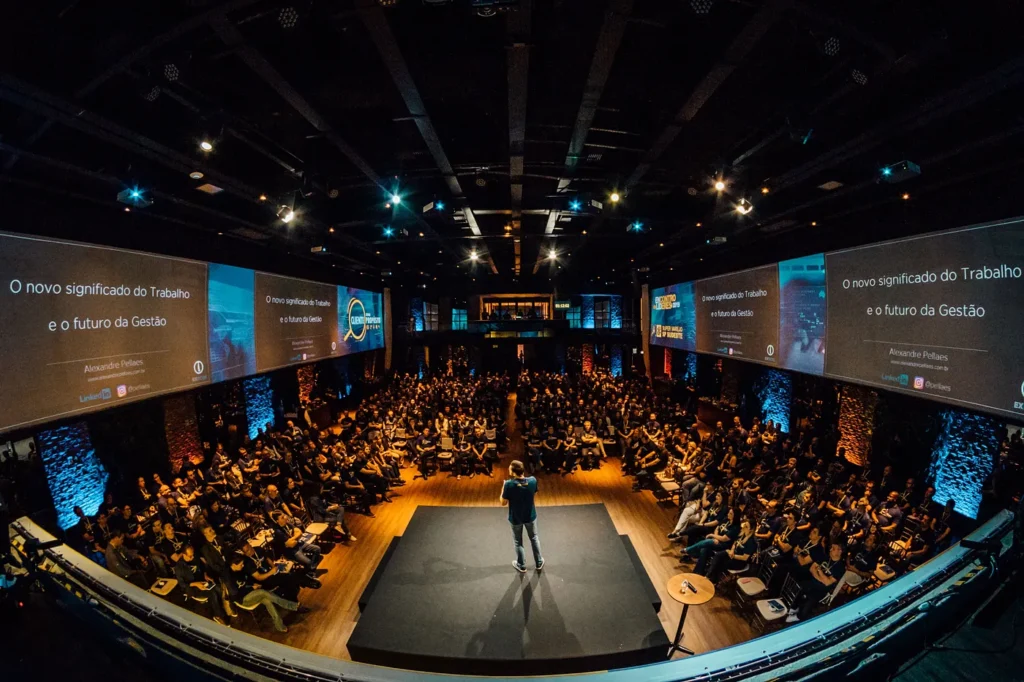Introduction
Engaging with developers fosters innovation, drives adoption, and builds ecosystems and collaboration around a software product brand. As the tech ecosystem continues to evolve, the role of developers becomes much more needed in shaping amazing software and the success of businesses.
This article will spotlight the best practices for engaging developers within a community by understanding the principles of developer engagement, driving collaboration transparency, and cultivating strong relationships between the developers and the company.
Understanding Developer Engagement

Developer engagement is all about the efforts aimed at building meaningful, tangible relationships with developers who interact with your company’s products, such as databases, APIs, CMS, etc. These efforts go beyond having well-detailed technical documentation or supporting the company’s developer community. It is more about creating an inclusive environment where developers feel valued, can interact with each other, and feel motivated to contribute to the ecosystem’s success.
An effective developer engagement acknowledges the developer’s opinion, feedback, insights, and creativity. How can their thoughts impact the success of the company’s product by prioritizing their engagement? The company can build or have a community that makes its users (developers) feel heard and seen, thereby improving their brand and market position.
Engaged developers improve the company’s platform or software and drive adoption within their network or communities as ambassadors or advocates by sharing their experience using the product. It also fosters a culture of collaboration and continuous improvement where the developers feel encouraged to share their ideas.
Establishing Clear Communication while Engaging Developers

Clear communication channels are the building blocks to effective developer engagement, providing well-detailed, easy-to-understand documentation and up-to-date guides. The documentation should have practical examples, use cases, and troubleshooting guides to help developers resolve issues or bugs faster. It makes the developer rely more on the guides and resources, and you can offer quick support to the community to build more trust in the developer-community relationship.
Another way to foster clear communication is to host a forum or a community event where the community engages and collaborates. These meetups will improve communications and strengthen the relationship between the developers and the company.
Creating Developer-Friendly Guides

Creating developer guides is a way of attracting and retaining a developer’s interest. The user guide or documentation should be detailed yet concise, clearly explaining endpoints, parameters, error codes, and response formats.
Providing samples and guides in popular programming languages can make the community more inclusive and help the developer process for developers. These resources are reference materials, helping developers understand best practices, conventions, and recommended approaches for integrating with the company’s platform or product.
Furthermore, offering SDKs that abstract away complexity and provide pre-built functionalities can streamline development workflows, enabling developers to focus on building amazing solutions rather than grappling with low-level implementation details. By prioritizing the creation of developer-friendly guides and resources, companies can push developers to become more creative and drive meaningful outcomes through their contributions.
Encouraging Collaboration and Feedback

An effective developer engagement hangs on building a culture of collaboration and feedback within the community, where developers feel seen and heard and contribute to improving the company’s product. Having a transparent feedback system lets the developers share their input throughout the development process, from ideation to implementation and beyond of the company’s product.
Companies can use feedback forms, community forums, or other dedicated spaces to get input from developers to improve the product or its roadmap or prioritize features. By embracing this collaborative approach to product development, companies seem more reliable and committed to listening to their developers’ needs, fostering a sense of investment in the community.
Also, companies can have more hands-on experimentation, especially during the best testing phase, and gather real-world data or feedback to identify issues or pain points of their target audience before a wider release.
Hosting Developer Events and Hackathons

Developer events and hackathons are valuable platforms for fostering creativity and collaboration among developers. These events are the perfect opportunity for developers to collaborate, share knowledge, and collaborate on projects, which may sometimes lead to amazing solutions or prototypes. By organizing developer meetups, workshops, and conferences, companies can use these platforms to network, build community skills, and share knowledge among developers. These events could be online or offline (in-person) to keep developers current with industry trends.
Hackathons such as Hashnode Hackathons around a specific theme encourage developers to explore ideas, push boundaries, and develop creative solutions to real-world problems. These are events that developers love because they get to build and network at the same time, and companies can use hackathons as a means to engage their developer community. Hackathons often result in creating prototypes that can inspire future product development ideas within the company. By hosting developer events and hackathons, companies nurture a vibrant developer community and drive useful outcomes that contribute to advancing technology and their products and services.
Conclusion
To wrap it up, effective engagement with developers is essential for companies seeking to be the best in today’s market. Prioritizing clear communication channels, creating developer-friendly guides, encouraging collaboration, and hosting developer-focused events helps build a strong rapport between the company and its developer community. These best practices not only enhance the developer experience but also bring about innovative ideas, improve the product developer process, and build a sense of community and belonging within the developer community.
2 thoughts on “5 Best Practices for Engaging Developers”
Comments are closed.